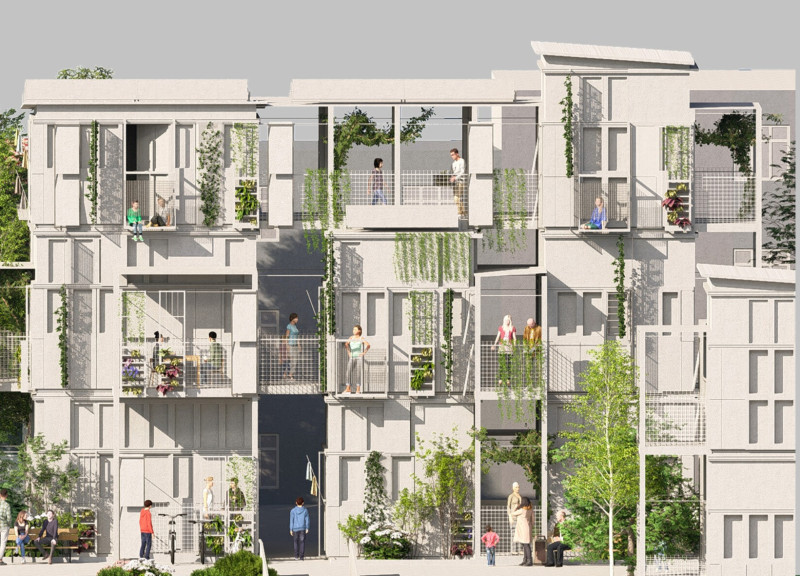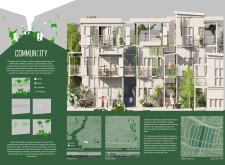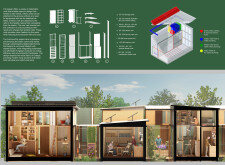5 key facts about this project
**Project Overview**
Located in [Geographical Location], the design reflects a comprehensive approach to architecture that engages with its context and addresses contemporary needs. The intent is to create an environment that balances functional requirements with an enriching experience for users and the surrounding community. This is accomplished through a design ethos centered on [insert core concept, such as sustainability, community integration, or innovation].
**Spatial Organization and User Interaction**
The spatial layout is strategically designed to enhance user interaction while maintaining privacy where necessary. Entry is marked by a notable facade that facilitates a smooth transition into the building, leading visitors through an intuitive circulation path. This flow is reinforced by distinct functional zones that delineate public, semi-public, and private areas, fostering both community engagement and personal retreat.
**Materiality and Sustainable Practices**
The selection of materials is a fundamental aspect of the design, chosen for their structural properties, aesthetic qualities, and environmental impact. Key materials include:
1. **Reinforced Concrete**: Providing necessary strength while serving as a foundational element.
2. **Galvanized Steel**: Incorporated for its structural flexibility and capability to span large areas.
3. **Double-Glazed Low-E Glass**: Maximizing natural light while enhancing energy efficiency through thermal insulation.
4. **Cross-Laminated Timber**: Introduced to enrich interior spaces with warmth and texture, emphasizing sustainability.
5. **Local Limestone**: Used for select elements to reinforce a connection with the site’s landscape.
6. **Metal Composite Panels**: Chosen for weather resistance and minimal maintenance, contributing to an overall modern aesthetic.
The project emphasizes sustainability through the incorporation of features such as green roofs and rainwater harvesting systems, coupled with passive design strategies like natural ventilation and strategic orientation. These elements not only reduce the building's environmental footprint but also contribute to a healthier and more sustainable community environment.





















































